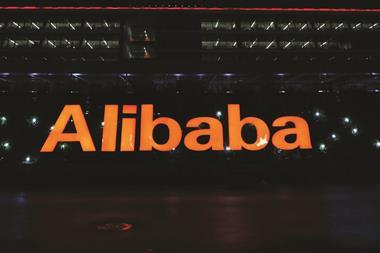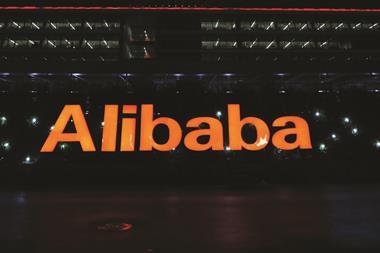Forecasts were high for Alibaba’s latest results but the etail giant fell short of expectations, growing at the slowest rate in three years.

Revenue increasing 28% year-on-year would be a fantastic result for most, but for Alibaba, it is not good enough.
Although profits were predicted to take a hit, even here, Alibaba failed to meet expectations.
While its margins are enviably high, investors will want to see a return on their spending. Pressure on margins will remain as Alibaba continues its aggressive investment strategy. For now, living up to the hype and hitting expectations will be tough.
Alibaba is funding a drive into local services and a broader strategy to push into the hotly contested space of connecting online users to offline services through mobile technology. As with rival JD.com, such services are important in attracting China’s 500 million smartphone users to their rival mobile payment services.
Alibaba is well placed to weather concerns about the extent to which sluggish growth in the Chinese economy might affect consumer demand and its core ecommerce businesses. It is building an ecommerce ecosystem that is becoming part of the Chinese consumers’ everyday shopping experience. This includes deals that blend online and in-store, such as the tie-up with China’s largest consumer electronics retailer, Suning.
The rapid growth of ecommerce and m-commerce in China is encouraging such partnerships as internet firms and traditional retailers leverage their respective strengths to introduce mobile tech-enabled shopping experiences.
Binding online with offline through mobile technology grants more sales opportunities and creates seamless experiences that cater for China’s on-demand economy.
M-commerce growth
Positively, Alibaba saw gross merchandise volume at its Chinese marketplaces increase 34% and annual active buyers rise 32% year-over-year. Mobile transactions continued to grow, with revenue topping desktop for its China retail marketplaces for the first time.
Investments in monetising mobile are paying off, but this is a double-edged sword – mobile transactions have a lower monetisation rate, meaning Alibaba made less in revenue than previously in terms of the percentage value of transactions.
The company’s monetisation rate – a measure of how much transaction value transmutes to revenue, fell to 2.33% from 2.52% a year ago.
While Alibaba is facing some significant headwinds, the growing strength of its ecosystem will help mitigate pressures in China and enable it to fully exploit the huge potential in emerging markets – notably in South-East Asia.
Although it is not living up to the lofty expectations of the stock market, in making shrewd strategic investments it will only strengthen its formidable position moving forward.


























No comments yet